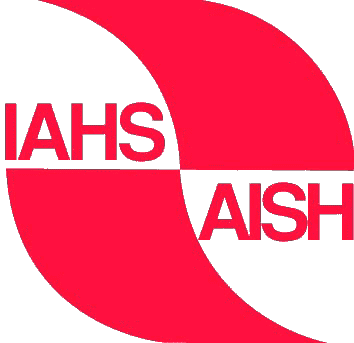 |
IAHS 90th ANNIVERSARY |
 |
PUB SYMPOSIUM 2012
back
Theme 1: Catchment classification - Tuesday, October 23, 2012
Convener: Ross Woods ([email protected])
Co-conveners: Markus Hrachowitz, Murugesu Sivapalan ([email protected]; [email protected])
Hydrological response patterns are controlled by the subtle interplay of boundary conditions in catchments such as climate,
topography, geology and soil characteristics. To facilitate meaningful model transferability between different catchments,
which is one of the core objectives of the PUB initiative, metrics of catchment similarity, relating the hydrological response
to the catchment boundary conditions have to be identified. The effectively unobservable spatial heterogeneity of most of these
boundary conditions, however, raises the need for identifying generally applicable catchment integrated signatures and
organizational principles in order to create catchment similarity frameworks. Such similarity frameworks,
based on the relationship of hydrological response patterns and catchment boundary conditions can then be used as the basis for
catchment classification schemes, thereby providing means to infer hydrological behaviour of ungauged basins.
In this session we invite contributions investigating and assessing ways of conceptualizing catchment similarity and their utility for the
development of catchment classification schemes.